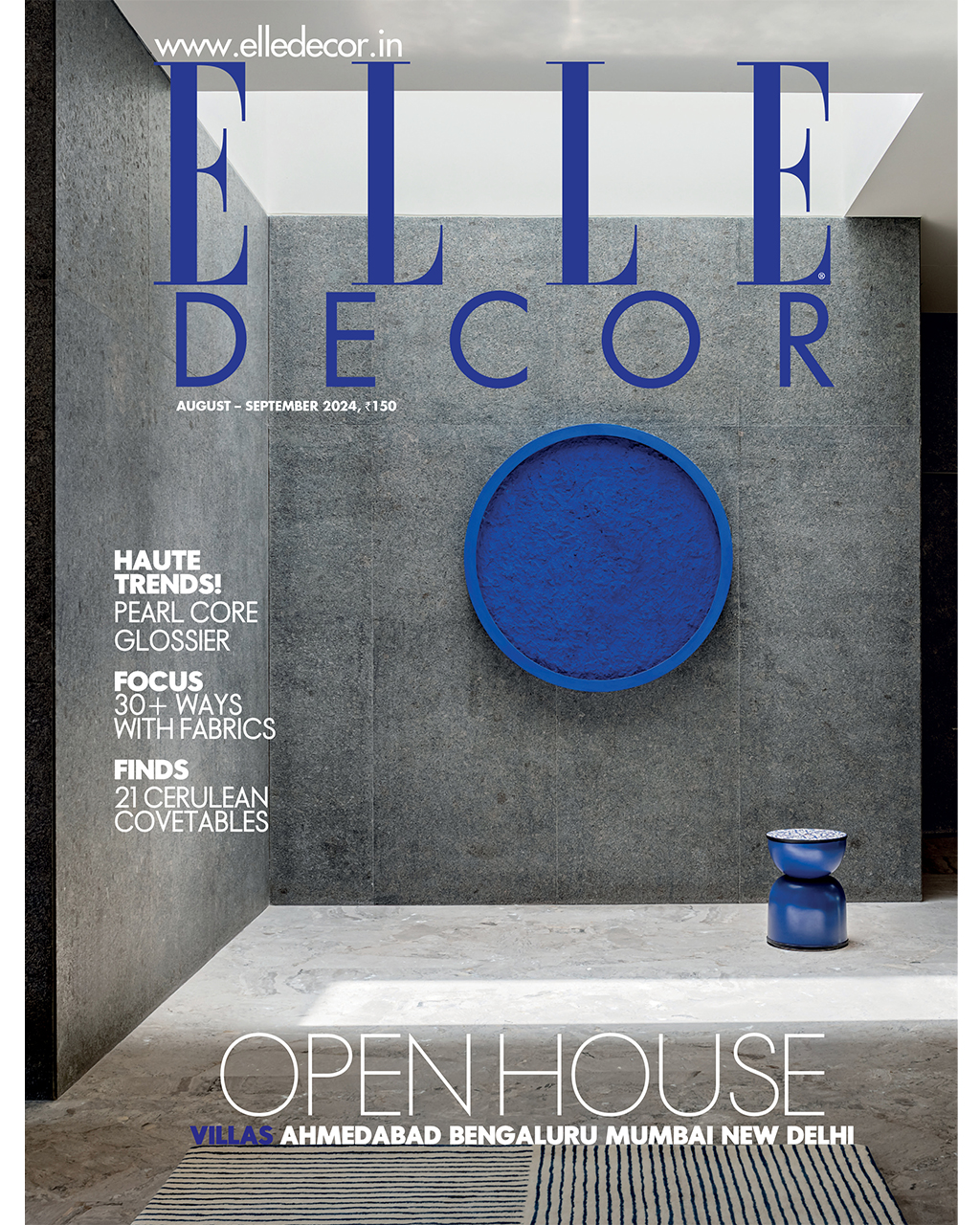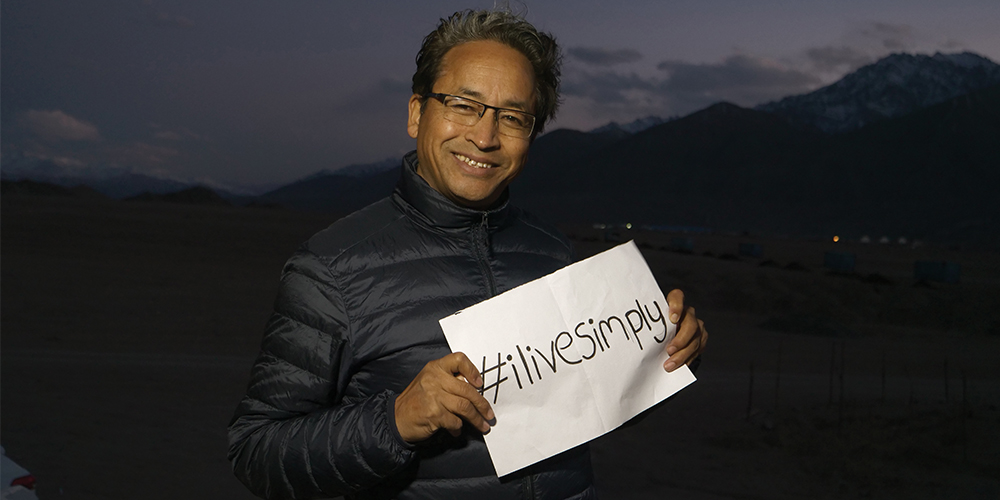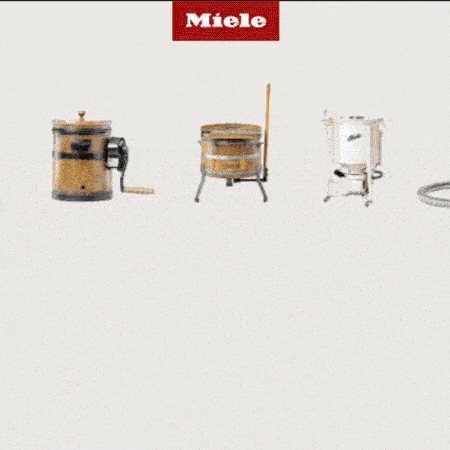People
Earth Day 2020 special: Sonam Wangchuk highlights his sustainable endeavours
APR 22, 2020 | By Sonam Wangchuk
As we celebrate Earth Day, Sonam Wangchuk—the acclaimed Ladakh-based engineer and founder of SECMOL, HIAL and the #iLiveSimply Movement—gives us a glimpse of how he has sustainably aided his mountainous community.
Every day is Earth Day at the SECMOL Alternative School in Ladakh. When people ask me what it is that I do in Ladakh, I like to say I play. I play with the Earth, sun, ice and fire…. This is apart from playing with children, of course!
In 1994, we set out on a very interesting journey with a batch of around 15 students who’d failed the 10th grade. Back in those days, 95 percent of students would not clear the matriculation exams, and we wanted to prove that there was nothing wrong with the students. That if they don’t learn the way we teach, then we’d better teach them the way they learn. We wanted them to learn sciences, mathematics and languages by applying them to real life and then arrive at solutions to problems that the locals were facing in this very remote and harsh part of the world.Thus started SECMOL, an alternative school that was, perhaps, the world’s first carbon neutral, zero energy, off grid campus—at a time when these terms were not even coined.
Here, all the buildings were constructed with mud…. They were natural, built at low or no cost, and used non toxic material that’s abundantly available right under our feet. We employed skills that we learnt from our ancestors or by studying forts and castles, created over millennia, that have stood the test of time. Blending tradition with technology, these mud buildings were heated and powered by solar energy… Again, a clean, green energy freely available overhead. All we needed to do was to apply high school sciences from textbooks—such as conduction, convection and radiation—in real life.
This application based learning made lessons unforgettable and resulted in charming houses that maintain a comfortable ambience of 15 degrees Celsius, even when it may be -15 degrees Celsius outside.The students, who do physical work for two hours daily, planted about 2,000 trees using various water conservation techniques. At this school, all human and animal waste has been composted and used as manure for vegetable gardens, thus ensuring a perfect nutrient cycle… Farm to home and home to farm.
In recent years, we scaled up the school experience to start HIAL, an alternative university, which works on solving problems unique to mountainous regions around the world. With Himalayan glaciers melting fast due to climate change, water has become a challenge for Ladakhi villages, especially in spring, when farms need the resource the most. So, borrowing from some ancient traditions, we again applied high school science to freeze unused water in winter in the form of giant cones or ice stupas that would, owing to their geometry, melt and provide water only around late spring.
Soon after, we acknowledged that our ice stupas and solar buildings can help but they cannot solve the root cause of our problems: Climate change. We realised that we cannot bring real change in the mountains, until people across the globe changed their lifestyle. So, finally on Gandhi Jayanti last year, we set out on an audacious journey to change the world! That was the birth of the #iLiveSimply movement. An innovative crowdfunding campaign, where people contribute not monetarily but in pledges for the planet. In this way, the ice stupas have become a symbol of an SOS call from the mountains to the rest of the world to ‘Please live simply, so we may simply live’. The United Nations Environment Programme as well as the Earth Day network have partnered in this ambitious mission. Wouldn’t you like to join too?
www.secmol.org, www.hial.edu.in, www.ilivesimply.org











